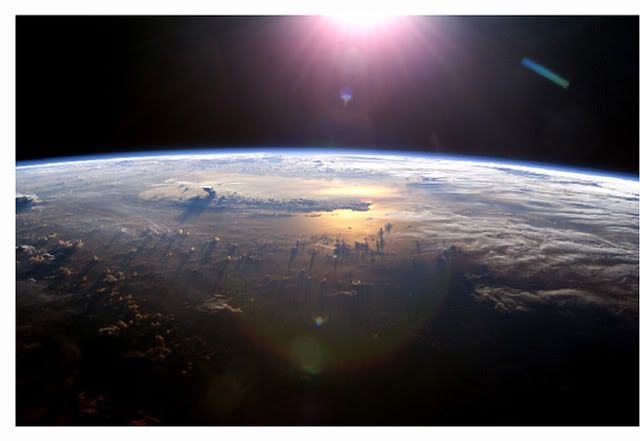One of the prerequisites for us humans to achieve interstellar travel is faster spaceships.

But what if we could do the opposite: what if instead we could evolve as slower people?
Imagine us with million year lifespans. Imagine if we lived on a geologic timescale.
If we could live a million years, then travel to a star 60,000 light years away would have all the traveltime investment of a bus trip cross town.
And here is Compared to us, a butterfly doesn't seem to get much done in it's tiny two week span. Imagine how much more we would achieve as a species if we could live a million years.
For one thing, locating and colonizing other planets looks a lot easier. So it is exciting news that scientists have found a new life form that looks to be working on exactly this evolutionary feat: learning to live for millions of years.
No doubt this is to make sure that theres a more feasible exit strategy when they evolve to our level and need 5 more planets for all the stuff they make, like we do.
This new lifeform is just a speck of stuff right now, living under the sea floor, but hey, where was your big fancy SUV a billion years ago? You too evolved from a tiny speck of stuff just like these newly discovered lifeforms.
ScienceDaily (July 22, 2008)
Tiny microbes beneath the sea floor, distinct from life on the Earth's surface, may account for one-tenth of the Earth's living biomass, according to an interdisciplinary team of researchers, but many of these minute creatures are living on a geologic timescale . While the Bacteria Escherichia Coli, as an example, doubles its numbers every 20 minutes, these Archaea double on the order of hundreds or thousands of years and consume very little energy."In essence, these microbes are almost, practically dead by our normal standards," says House. "They metabolize a little, but not much."
According to House, organisms metabolizing at such slow rates is what we could expect to find in other areas of our solar system because such environments have much less energy available than on Earth. Perhaps, similar organisms may be in hydrothermal vents beneath the ice of Europa -- the second moon of Jupiter -- or in subsurface aquifers of Mars.
"We do not expect the microbes in other places to be these microbes exactly," says House. "But, they could be living at a similar slow rate."
"For example, how do they die?" asks Biddle. "It is a simple question that we cannot answer."
Photo from NASA


